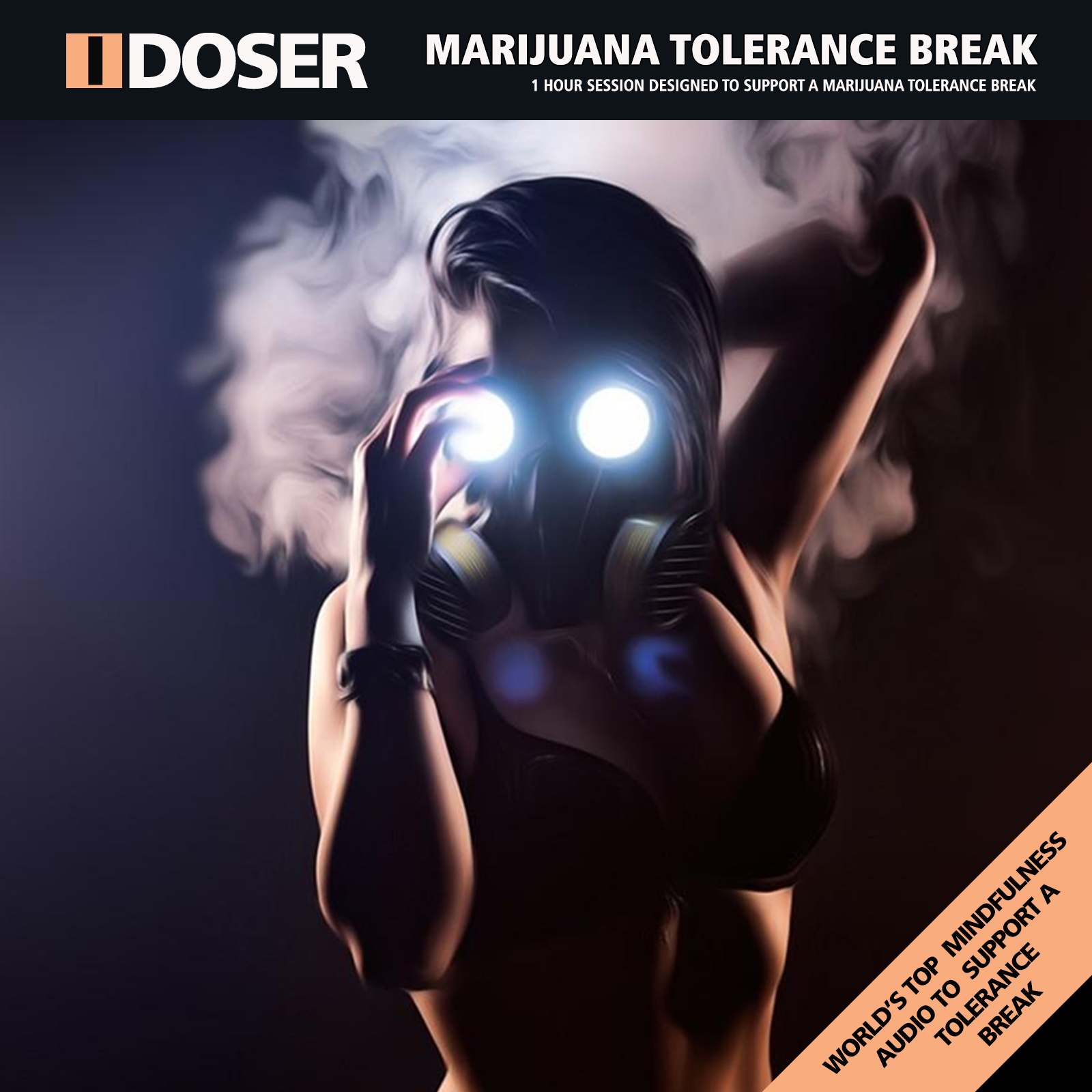
Gerard Oster described the applications in 1968 and the Monroe Institute later continued this research in order to use binaural beats in meditation and “expanding consciousness” as a crucial part of self-improvement programs. Subsequently, scientific authorities presented the phenomena as a tool in stimulating the brain in neurological affliction therapy. The difference between tones must be relatively small, only up to 30 Hz, and the tones themselves must not exceed 1000 Hz. Heinrich Wilhelm Dove described binaural beats in 1839 as a specific brain stimuli resulting in low-frequency pulsations perceivable when two tones at slightly different frequencies are presented separately through stereo headphones to each of the subject’s ears. Macroscale Epidemy: The Power of Drug Representation This body is networked, much like a fractal, and connects different agencies operating both in macro (society) and micro (individual) scales. I argue that we have become a psychosomatic creature called the inFORMational body: a body that is formed by information, which shapes practices of health undertaken to feel good and form us. Rather, I argue the I-Doser company offers a simulation of a drug experience by using the discourse of psychoactive substances to describe sounds: the user becomes an actor taking part in a performance.īy tracing these strategies on a macro and micro scale I show a body emerging from a new paradigm of health. Thus, the overall presentation of Digital Drugs resembles a crisscross of medicine and narcotic clichés with the slogan “Binaural Brainwave doses for every imaginable mood.” While researching the phenomena of Digital Drugs, I have tried not to dismiss them as another gimmick or a new age meditation prop. Transfixed by the feeling of noise, the outside seems indistinguishable from inside. The user feels as if in a hailstorm, surrounded by this constant gritty aural movement. A user can play their mp3 files and surround themselves with an acoustical downpour that increases and then develops into gradient waves. Using sensory deprivation techniques like blindfolding and isolating headphones is a simple recipe for relaxation, but the website Digital Drugs offers you more. I attune to a single stimuli while being enveloped in sound. One of my greatest pleasures is lying in bed, eyes closed and headphones on. And thanks for engaging the pleasure principle this summer!-JS, Editor-in-Chief

Tune into Justyna Stasiowska‘s frequency below. Paul, a Drrty South banger dropped by SO! Regular Regina Bradley, a screamtastic meditation from Yvon Bonenfant, a heaping plate of food sounds from Steph Ceraso, and crowd chants courtesy of Kariann Goldschmidt‘s work on live events in Brazil, our summer Sound and Pleasurecomes to a stirring (and more intimate) conclusion.

After a rockin’ (and seriously informative) series of podcasts from Leonard J.


 0 kommentar(er)
0 kommentar(er)
